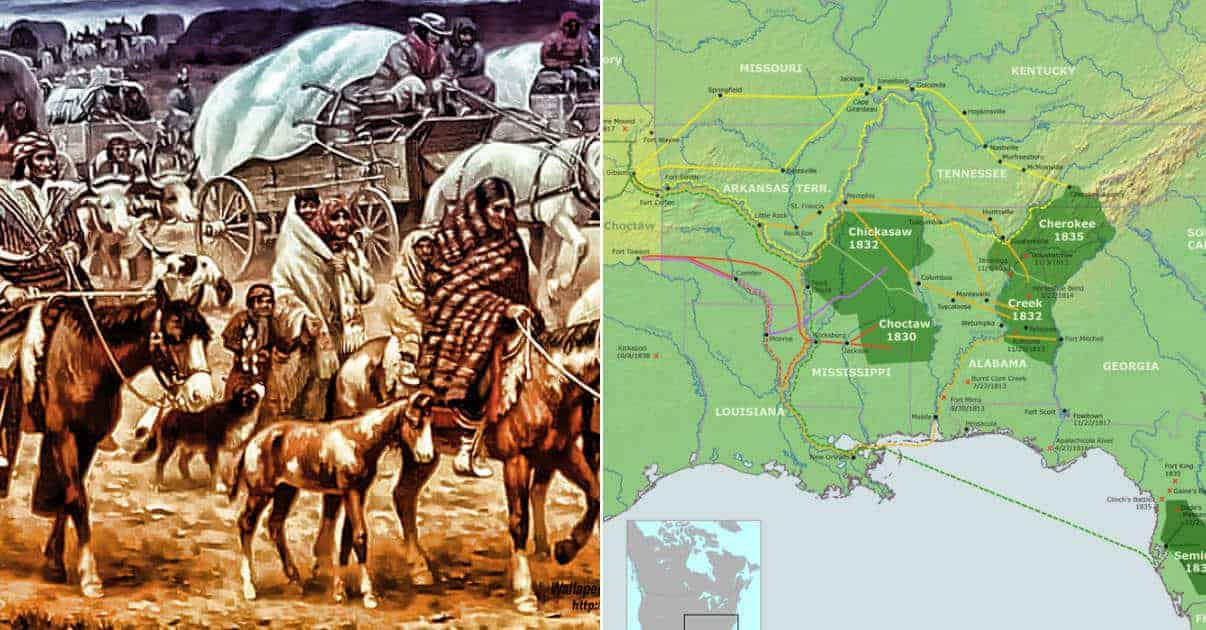
The Cherokee Removal Part Three
As the journeyed across the country to the Indian Territory the Cherokee encountered miserable weather, which severely hampered their progress, as well as the greed of local merchants and farmers with whom they treated for additional supplies to supplement their army rations. Cherokee Chief John Ross was responsible for the acquisition of the rations, as well as army blankets and other supplies provided by the federal government. Following the completion of the removal Ross submitted his expenses to the federal government for reimbursement.
The supplies Ross claimed to have requisitioned and received and the records of the disbursement agents were substantially different in nearly every instance, with Ross claiming to have received and paid for numbers of supplies which exceeded those removed from army stores. This disparity created confusion in both the numbers of Cherokee making the trip and the number to have succumbed on the way. While nobody disputes that a great many Cherokee died of disease during the trek, the numbers counted upon arrival in the Indian Territory reflect an equally high number of deserters.
After reviewing Ross’s expense reports and assessing their accuracy the US Army refused to pay them, citing many of them as fraudulent. In one expense report Ross claimed that more than 1600 Cherokee received rations over the number of receipts recorded by the Army. When the Treaty which authorized the removal of the Cherokee was passed by Congress it included the disbursement of more $5 million, to be distributed to the tribe on a per capita basis. An accurate count of the Cherokee was therefore essential to an equitable division, a higher number of reported Cherokee dead would increase the amount to the survivors, a process supervised by Ross.
The Van Buren administration directed that the expenses presented by Ross were inaccurate and thus unpayable. Ross continued to lobby for payment, to both the administration and Congress, and eventually the Tyler administration authorized the payment of just over $500,000 to settle what Ross claimed were his expenses during the westward migration. Ross was already a man of significant wealth when the forced removal began, and was in fact the richest of the Cherokee at the time. He made the bulk of his fortune on a tobacco plantation, which he worked using slaves.
While on the trek westward, a ferry owner in Golconda, Illinois, charged the Cherokee the equivalent of just under $23 (in today’s money) per person to cross the river, according to the expenses filed by Ross, at a time when standard fare was just under $3 (today’s money). This has often been cited as an example of the hostility encountered by the Cherokee. Viewed in the questionable nature of the expense accounts submitted by their primary tribal leader this event, if it in fact happened, should be viewed in another light, especially considering that earlier John Ross had founded Ross Landing, a ferry crossing, which he operated for many years. Today Ross Landing is known as Chattanooga.

